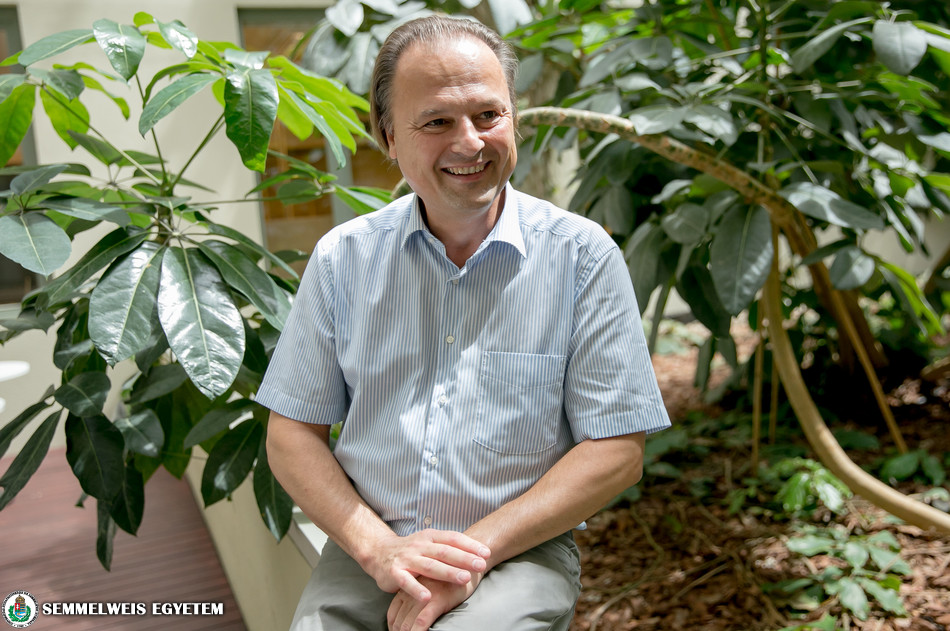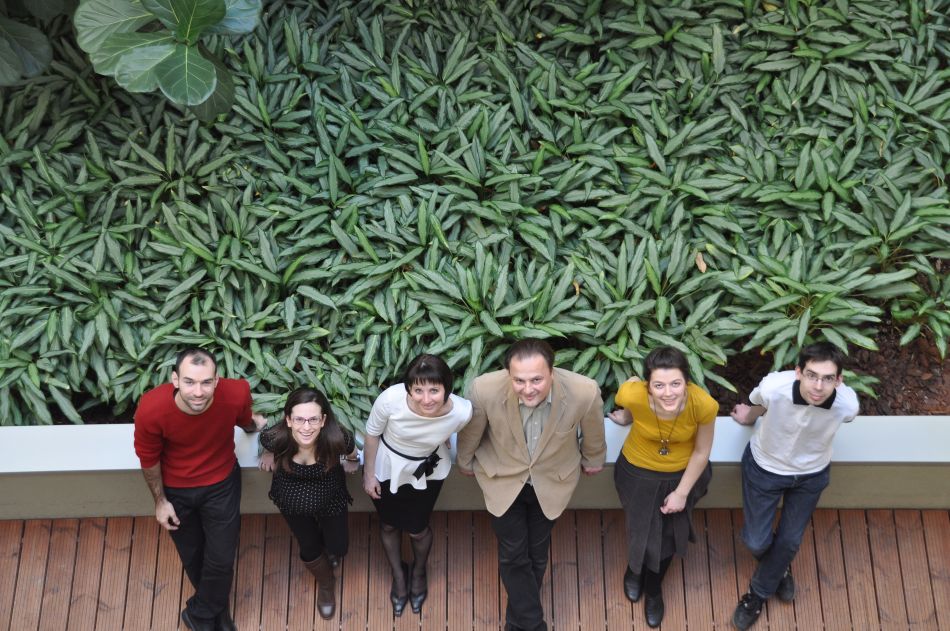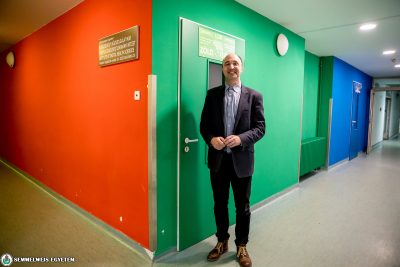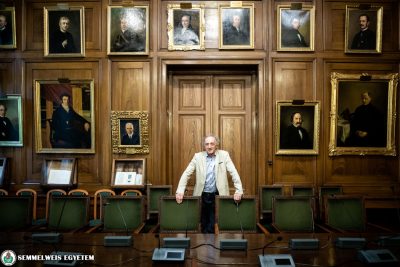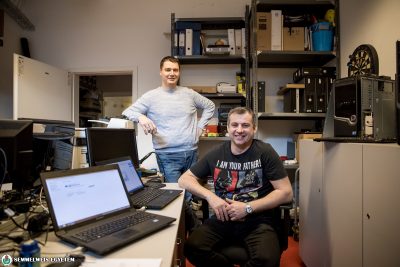“Researchers and lecturers spend most of their time indoors, so green areas with a lot of exotic evergreens can improve our mood and make the environment friendlier and more comfortable.”, said Dr. Zoltán Benyó while taking a stroll in the gardens of the Basic Medical Science Centre (EOK).
Director of the Institute of Clinical Experimental Research and President of the Doctoral Council, Dr. Benyó believes that plants, greenery and bright environment are essential for spiritual refreshment.
The EOK building is home to three gardens, which are covered by glass roofs as high as the top of the building. Two of the gardens are accessible from smaller lecture halls and the third one from the Directorate of International Studies. However the view of the several-meter-high plants evoking a tropical atmosphere can be enjoyed from different points of the building, including the corridors and windows of research labs and offices. According to the director, the impressive gardens inspire his colleagues to grow more plants and flowers in the offices and the dining areas.
“Direct contact with nature is very important to me. As a researcher, one is often amazed by the wonders of the world around him. It is equally important to do so in everyday life in his wider environment and notice the beauty of nature. This is how we can find our place in the world.”, Dr. Zoltán Benyó said.
For the first 50 years of its existence, the institute was based at the Outer Clinical Block, which was surrounded by wonderful sycamore trees. It moved to the EOK building ten years ago in 2009. The career of Dr. Zoltán Benyó has been linked to the Institute of Clinical Experimental Research since the beginning, when was a student of the Students’ Scientific Association in 1987 and became the head of the institute in 2010.
Pálma Dobozi
Photo: Attila Kovács – Semmelweis University
Translation: Ágnes Raubinek
In our article series entitled “My University”, we ask university citizens to show their favorite university location. These articles are a part of the celebration of Semmelweis University’s 250th anniversary year, which can be viewed on the University’s anniversary website.
